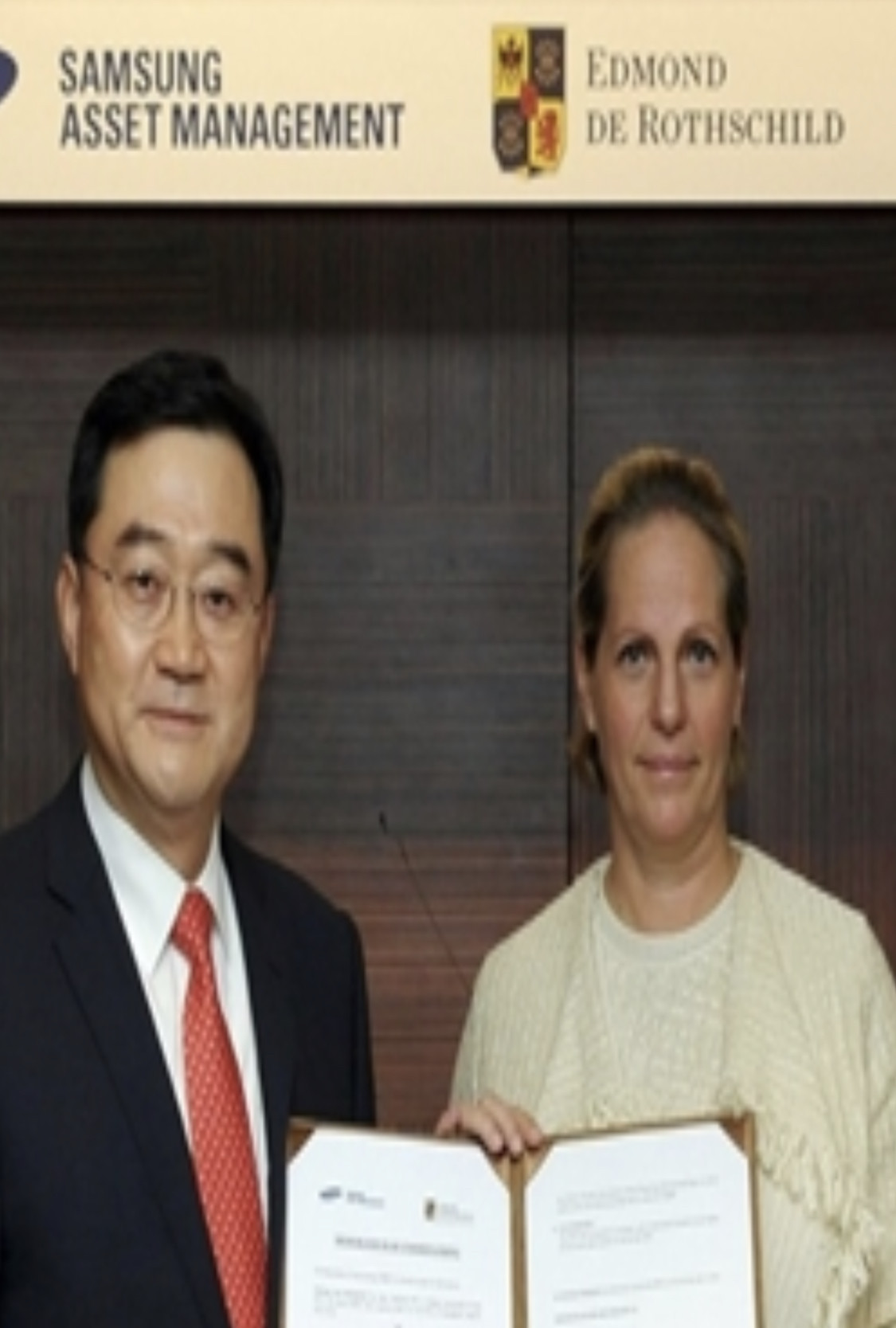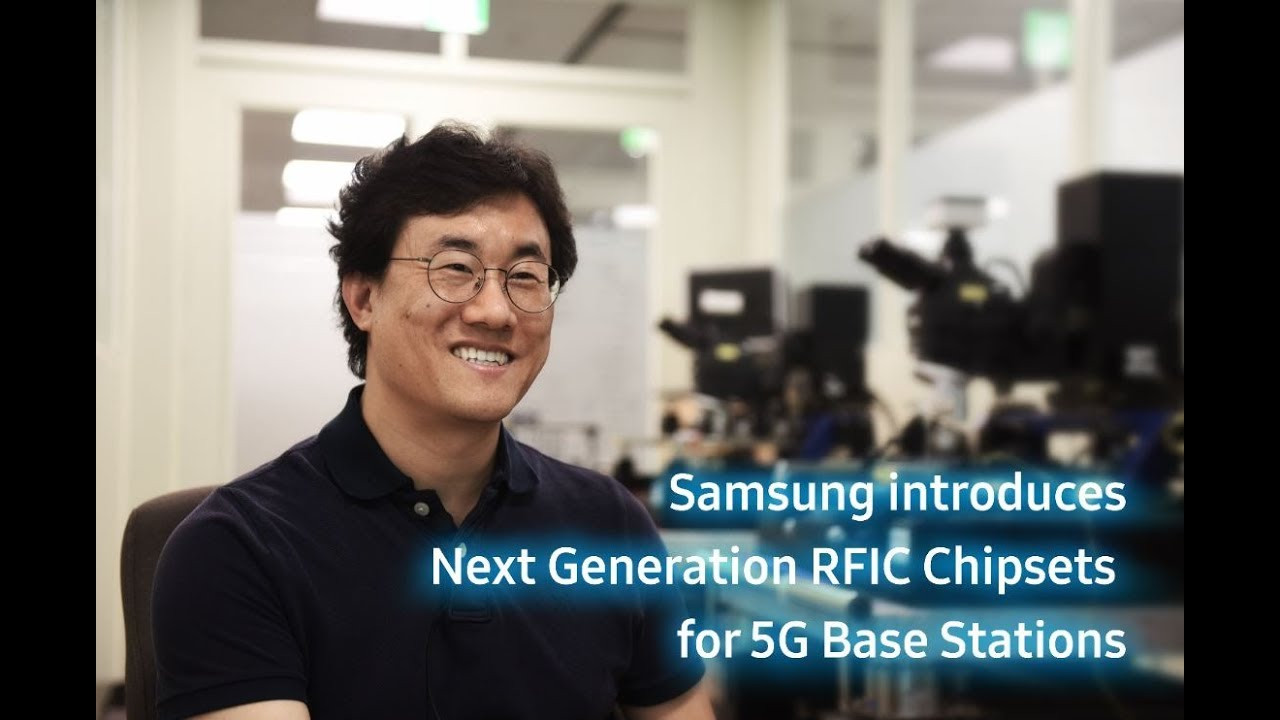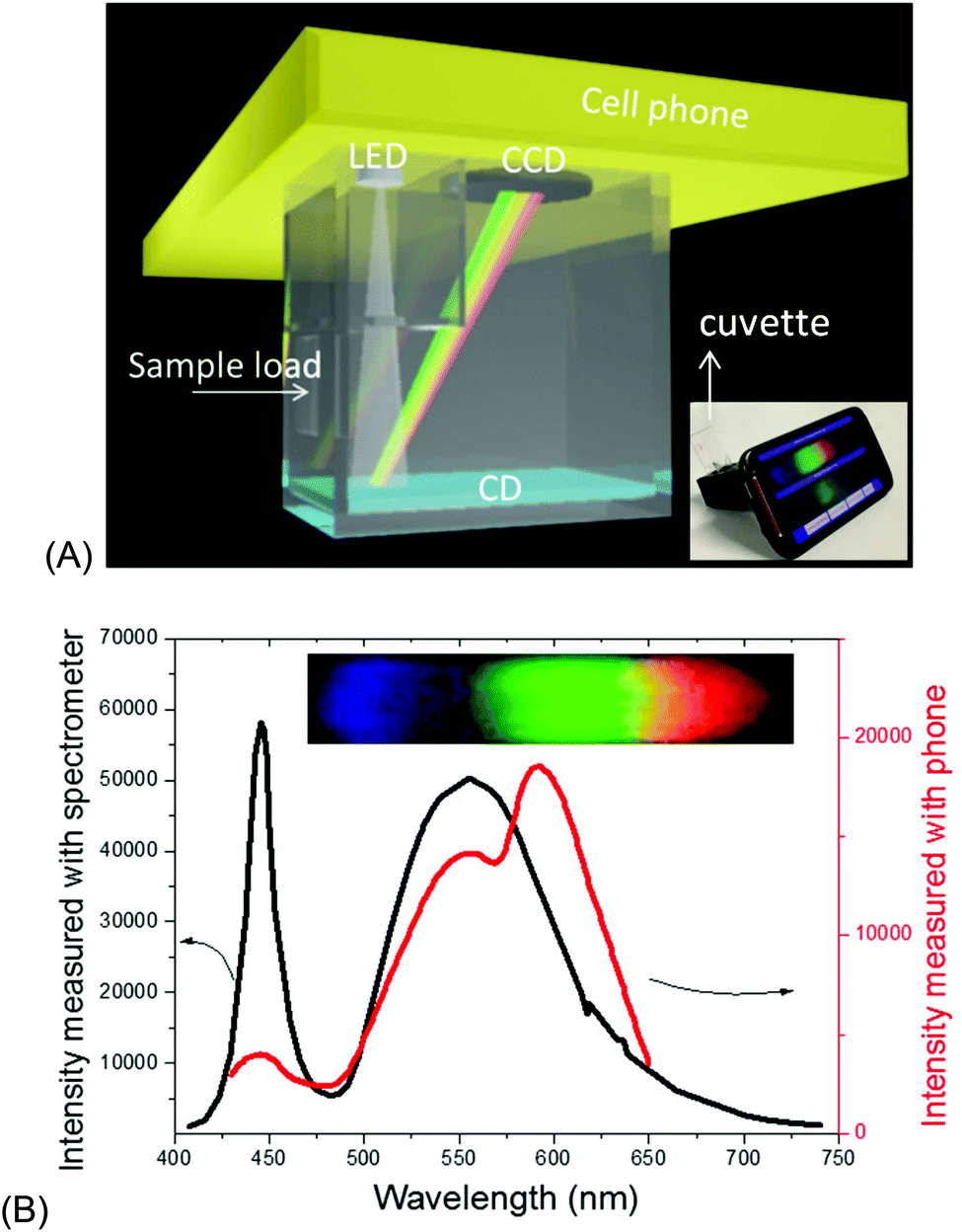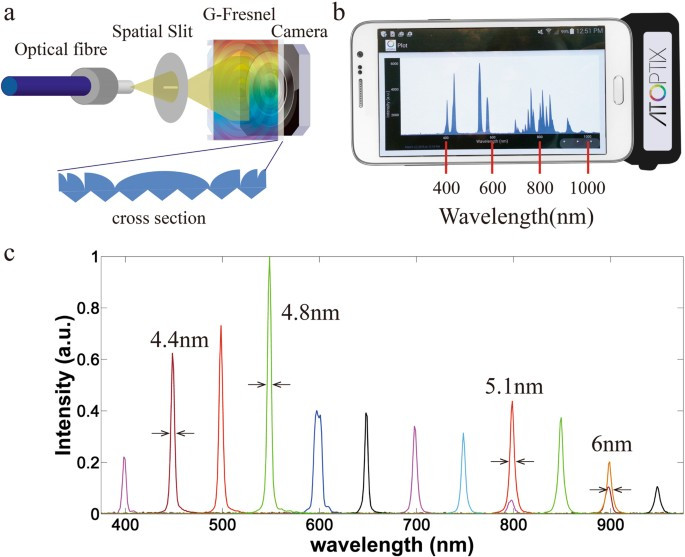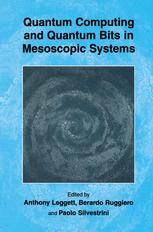It could just be me but ever since Joe Biden's sham inauguration... there seems to be this growing sense of relief for all these dirty scumbag perverts.
The Mac, it is not judt you whom feels their boldness.
Let them boast, the light of truth shall reveal them & their wickedness.
Samsung Asset Management is looking to learn from Rothschild via the agreement, too. Rothschild has been engaged in private banking for the super rich for over six decades and Samsung Asset Management is looking forward to being imparted with its portfolio organization know-how and financial product management expertise via its corporation in London.
Crap..Samsung too?? Well, guess I am saving for a different tablet...damn it.
Cuvette 19 lol.
cuvette (French: cuvette = "little vessel") is a small tube-like container with straight sides and a circular or square cross section. It is sealed at one end, and made of a clear, transparent material such as plastic, glass, or fused quartz. Cuvettes are designed to hold samples for spectroscopic measurement, where a beam of light is passed through the sample within the cuvette to measure the absorbance, transmittance, fluorescence intensity, fluorescence polarization, or fluorescence lifetime of the sample. This measurement is done with a spectrophotometer.
Spectroscopy is the study of the interaction between matter and electromagnetic radiation as a function of the wavelength or frequency of the radiation.[1][2][3][4][5][6] In simpler terms, spectroscopy is the precise study of color as generalized from visible light to all bands of the electromagnetic spectrum; indeed, historically, spectroscopy originated as the study of the wavelength dependence of the absorption by gas phase matter of visible light dispersed by a prism.
Matter waves and acoustic waves can also be considered forms of radiative energy, and recently gravitational waves have been associated with a spectral signature in the context of the Laser Interferometer Gravitational-Wave Observatory (LIGO).
Galaxy S11 may be first Samsung with Spectrometer
By Chris Burns on Sep 30, 2019, 12:35pm CDT
An ideal probe would be local in its physical extent, minimize screening of local interactions and at the same time retain a parallel geometry to avoid non-homogeneous charging.
In addition, it should sustain a high bias without deforming local potentials. Here we show that these seemingly contradicting requirements are fulfilled by resonant tunneling through quantum dots (QDs) bound to atomic defects within van der Waals tunnel barriers.
Graphene-based tunnel junctions are highly parallel, and dot energies are capacitively tuned by the planar electrode, thus avoiding local charging effects due to applied bias. Barrier-embedded dots are nanometric—both in their physical dimensions, and in their proximity to the sample layer. Thus, they are sensitive to regions few nm large. Finally, defect dots lack any degree of freedom for charge rearrangement, they do not screen local interactions, and are hence less invasive than metallic probes.
When QDs couple weakly to the source and drain electrodes, they permit resonant charge transport through sharply peaked energy levels. In this regime, sample DOS is probed by the current through the dot, rather than differential current—avoiding large DC contributions.
QDs are utilized as local thermometers, where energy distribution is tracked using the energy-selective nature of injection and ejection of carriers through the QD. Alternatively, by electrostatic tuning of the QD level, sequential tunneling through the QD singles out the sample DOS in resonance with the dot—as seen in the gate-tunable dots used to probe the spectra of superconductor-proximitized nanowires
We demonstrate the utility of QD-assisted spectroscopy in a study of the graphene excitation spectrum. In the graphene quantum Hall regime, Landau levels are fourfold degenerate. This SU(4) symmetry allows for several distinct paths of symmetry breaking, driven by magnetic field, causing the emergence of ordered ground states which may break either spin or valley degeneracy. The order in which these symmetries should break is subject to debate: While the spin degeneracy is broken by the Zeeman effect, the breaking of valley degeneracy via magnetic field is not as straight-forward.
Coulomb blockade resonances in quantum dots are investigated as a function of magnetic fields applied in the plane of the electron gas. For weak coupling of the dot to the leads, where the Coulomb resonances are basically dominated by individual quantum states, we observe strongly fluctuating Coulomb peak positions, which can be qualitatively explained by linear Zeeman shifts.
Researchers at the National Institute of Standards and Technology (NIST) and their colleagues have for the first time created and imaged a novel pair of quantum dots -- tiny islands of confined electric charge that act like interacting artificial atoms. Such "coupled" quantum dots could serve as a robust quantum bit, or qubit, the fundamental unit of information for a quantum computer. Moreover, the patterns of electric charge in the island can't be fully explained by current models of quantum physics, offering an opportunity to investigate rich new physical phenomena in materials.
Here we show that many of these limitations can be overcome by replacing interferometric optics with a two-dimensional absorptive filter array composed of colloidal quantum dots14,15,16,17. Instead of measuring different bands of a spectrum individually after introducing temporal or spatial separations with gratings or interference-based narrowband filters, a colloidal quantum dot spectrometer measures a light spectrum based on the wavelength multiplexing principle18:
multiple spectral bands are encoded and detected simultaneously with one filter and one detector9,10,11,12, respectively, with the array format allowing the process to be efficiently repeated many times using different filters with different encoding so that sufficient information is obtained to enable computational reconstruction of the target spectrum.

